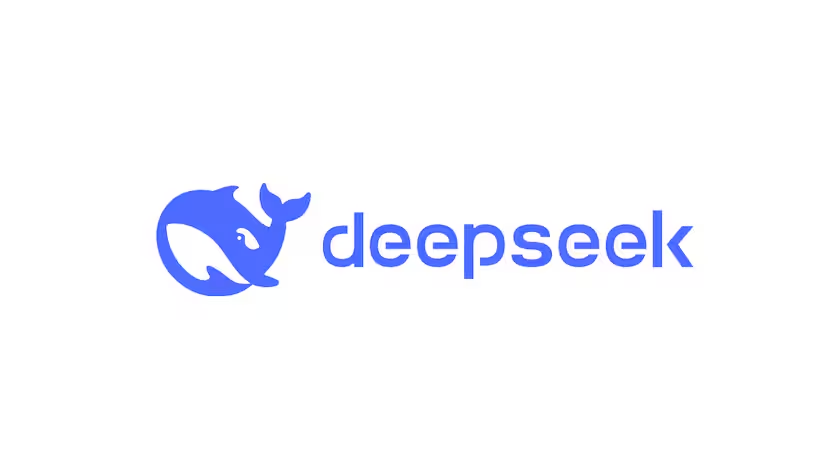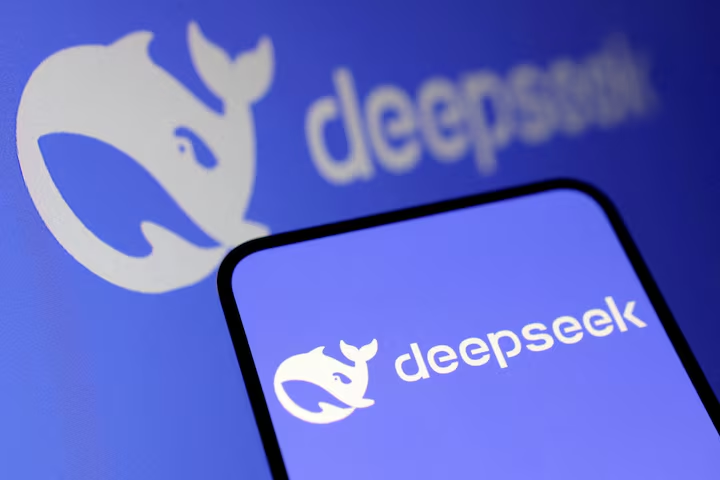In a surprising revelation, Chinese AI startup DeepSeek has unveiled data suggesting a staggering 545% theoretical cost-profit ratio per day for its cutting-edge AI models, V3 and R1. This bold claim has sent ripples through the global AI industry, especially among investors betting on U.S.-based firms like OpenAI.
Table of Contents
DeepSeek’s Disruptive AI Model Costs & Profit Margins
For the first time, the Hangzhou-based DeepSeek has shared insights into the economics of its AI operations. The startup specializes in AI inference—where trained models perform tasks like chatbot interactions—rather than the expensive training phase.
According to a GitHub post by the company, the daily inference costs for its V3 and R1 models total $87,072, based on renting Nvidia H800 chips at $2 per hour. In comparison, the theoretical revenue stands at $562,027 per day, leading to an eye-popping 545% profit ratio. Over a year, this could amount to over $200 million in revenue. However, DeepSeek admits that actual earnings are significantly lower due to tiered pricing models and free access options.

Why This Matters: The Global AI Race
DeepSeek’s cost-effective approach has reignited debates about the financial sustainability of AI giants like OpenAI and Google DeepMind. Unlike its U.S. competitors, who invest billions in high-performance chips, DeepSeek has reportedly spent under $6 million on training its models using Nvidia’s H800—chips considered less powerful than those used by OpenAI.
This revelation raises a critical question: Are U.S. AI firms overspending on infrastructure? Investors, already shaken by a market downturn in January, are now reevaluating their confidence in high-spending AI companies.
Comparing DeepSeek & OpenAI: A Cost-Effectiveness Breakdown
To better understand DeepSeek’s advantage, let’s compare its approach with OpenAI’s:
| Factor | DeepSeek | OpenAI |
|---|---|---|
| Chip Investment | Under $6 million | Billions of dollars |
| Model Training Cost | Lower due to H800 chips | High due to top-tier GPUs |
| Inference Cost | $87,072 per day | Estimated to be significantly higher |
| Revenue Model | Mostly freemium, some paid | Subscription-based (ChatGPT Plus, API) |
| Market Strategy | Targeting cost efficiency | Prioritizing high-end capabilities |
While OpenAI is focusing on state-of-the-art capabilities with heavy investments in the most powerful GPUs, DeepSeek is banking on cost-efficiency and accessibility, allowing it to scale quickly at a fraction of the cost.
How DeepSeek’s Strategy Could Impact AI Investment Trends
If DeepSeek’s approach proves sustainable, it could force AI investors to reconsider their strategies. Rather than pouring billions into expensive chips and infrastructure, AI firms might explore cost-effective alternatives that optimize inference efficiency. This could lead to:
- A shift towards affordability – More AI startups may adopt cost-efficient hardware to lower operational costs.
- Increased competition – Smaller players can enter the market without requiring massive capital investments.
- Reevaluation of AI valuations – If cost-effective models prove profitable, inflated valuations of high-expenditure AI companies might decline.
- Potential regulation changes – Governments may assess the economic feasibility of AI subsidies and infrastructure spending.

DeepSeek’s Business Model & Monetization Challenges
While the numbers look promising, DeepSeek acknowledges that real-world revenue is much lower due to factors like:
- Lower usage costs for V3 compared to R1
- Freemium models offering web and app access for free
- Discounted pricing for developers during off-peak hours
This means that while the startup’s cost efficiency is impressive, its profitability still depends on how successfully it can monetize its AI services at scale. Monetization remains a challenge, as offering free services builds user engagement but delays revenue generation.
Freemium vs. Paid AI Models: What Works Best?
DeepSeek’s approach follows the freemium model, where basic services are free, and advanced features require payment. This is in contrast to OpenAI’s subscription-based approach (e.g., ChatGPT Plus). Both models have advantages:
- Freemium (DeepSeek): Attracts more users, rapid market penetration, but slower revenue growth.
- Subscription-Based (OpenAI): Ensures steady revenue but may limit user adoption.
To maximize profits, DeepSeek might need to introduce hybrid pricing, balancing free access with paid premium services for businesses and power users.
The Future of DeepSeek: What’s Next?
DeepSeek’s ability to generate significant revenue with minimal chip investment positions it as a formidable player in the AI space. If the company can refine its monetization strategy, it could disrupt the dominance of U.S. firms and reshape AI economics globally.
Potential Growth Strategies for DeepSeek:
- Expanding Enterprise Solutions – Offering AI-powered tools for businesses to generate higher revenue.
- Cloud-Based AI Services – Creating API-based solutions for developers and companies to integrate AI seamlessly.
- Localized AI Solutions – Focusing on Chinese-language AI services to gain a stronghold in domestic markets before expanding internationally.
- Partnerships with Hardware Firms – Collaborating with chip manufacturers to optimize AI models for cost-efficiency.
- Advertising & Data Licensing – Monetizing AI usage data and insights through strategic partnerships.
Can DeepSeek Overtake OpenAI?
While DeepSeek has made headlines with its cost-effective AI models, the battle against OpenAI is far from over. OpenAI’s brand recognition, superior computational power, and extensive partnerships (including Microsoft) give it a strong foothold in the industry.
However, DeepSeek’s strategy of maximizing profits while minimizing costs could redefine AI economics. If successful, it may inspire a wave of cost-efficient AI startups that challenge traditional spending-heavy models.
Final Thoughts: Is DeepSeek a Game-Changer?
DeepSeek’s claims of a 545% daily profit ratio highlight the potential for cost-effective AI models to disrupt the industry. While actual revenue remains lower than projected, the startup’s efficiency-first approach presents a fascinating alternative to the high-investment strategies of U.S. AI firms.
As the AI market evolves, the key question remains: Will investors continue backing high-cost AI models, or will they shift towards leaner, more efficient alternatives like DeepSeek?
Only time will tell if DeepSeek’s model is truly sustainable, but one thing is certain—the AI industry is on the brink of a major shift.








